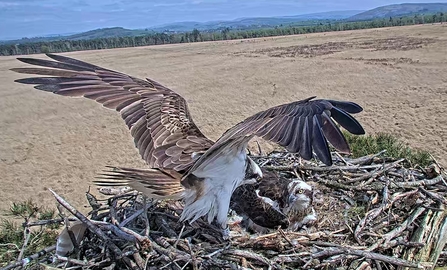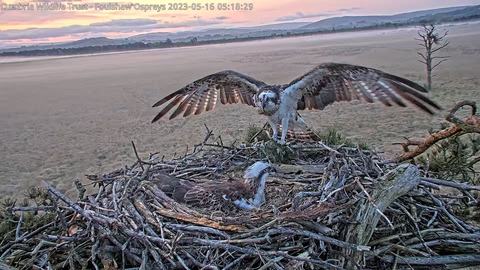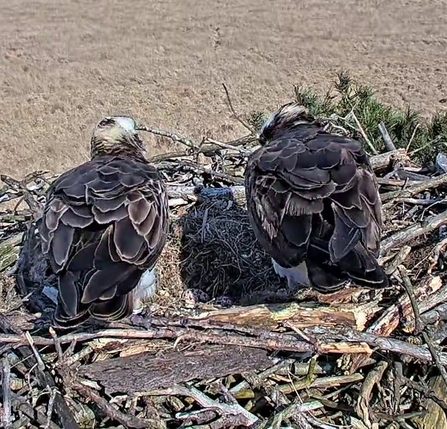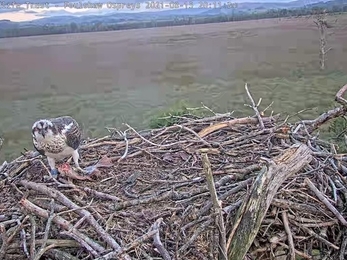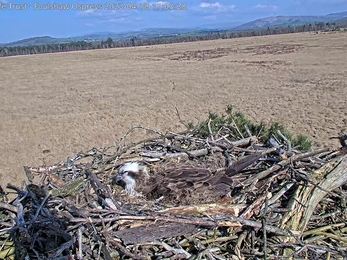Ospreys return to their nest site
Ospreys are faithful to their nest site and generally pair for life. They very rarely leave a living partner but, if their mate fails to return from migration, they will often find another partner to make sure that they have the opportunity to pass their genes on to a further generation. Although, sadly, the survival rate for youngsters is poor, adult ospreys can live up to 20 or 25 years.
So, hopefully, we will see our pair at Foulshaw for a few more years.


